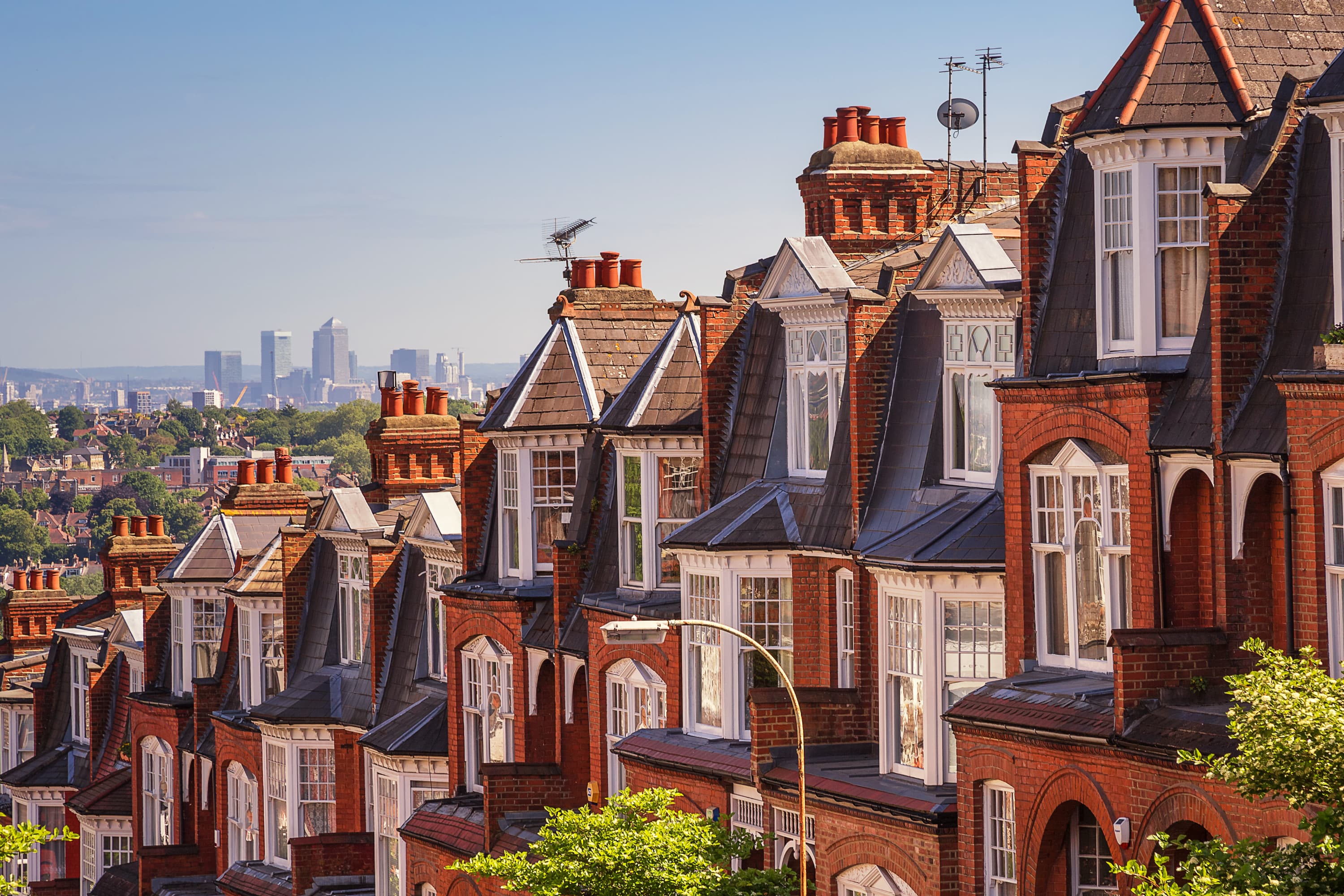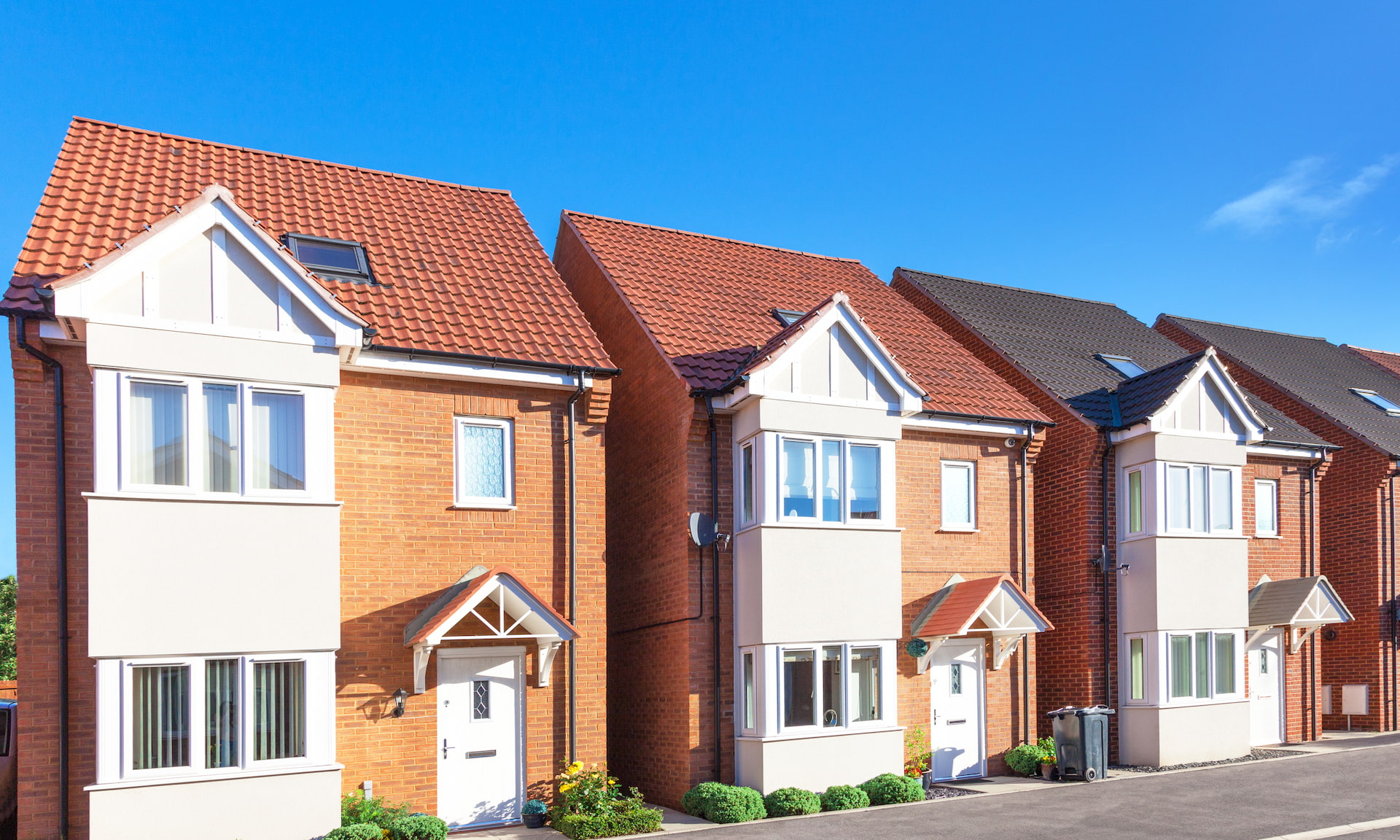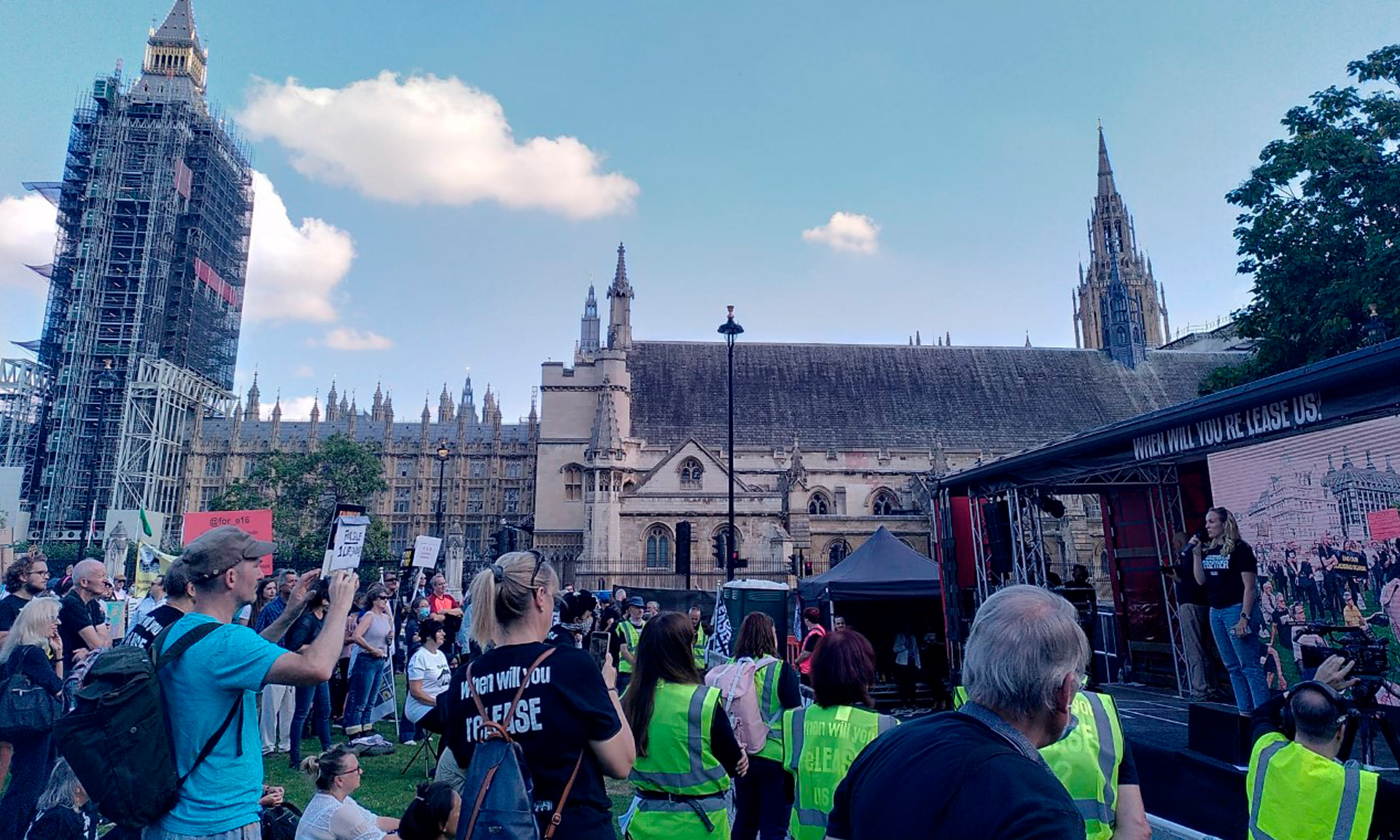
Asking prices for properties in London are falling, but is it really becoming easier to buy your first home in England’s capital?
First-time buyers have been handed a boost in recent months, with the new 95% mortgage guarantee scheme and extension of the Help to Buy scheme offering a glimmer of optimism after a year of disappearing mortgages and rising house prices.
For many first-time buyers, London is simply too expensive to consider, with soaring prices meaning only those with the deepest pockets need apply.
But could that be set to change? Here, Which? explains what’s happened to house prices in London over the past few years and look at whether getting on to the property ladder is a possibility or pipe dream for first-time buyers in 2021.
Asking prices fall for first-time buyers in London
New data from Rightmove shows that London is the only region of the UK where asking prices for properties have fallen in the past year.
The portal says the average asking price on a first-time buyer property in London last month was £478,068 – down 2% on last year’s figure (£486,383).
This isn’t a new trend, either. Rightmove says this year’s average price is actually down 5% on the figure recorded five years ago in February 2016 (£504,264).
The chart below shows how asking prices have changed across Britain between February 2016 and February 2021.
What’s happened to sale prices in London?
Rightmove’s data is based on the price that sellers list properties at, rather than the price they end up being sold for – which is often considerably less.
The most recent data (December 2020) on sold properties from the Land Registry shows the average price paid by first-time buyers was £431,160.
In contrast to Rightmove’s figures, the Land Registry shows a rise of 7.6% since February 2016, when buyers paid an average of £400,475.
The Land Registry’s figures are more definitive than those from Rightmove as they only show properties that have actually been sold (rather than listed with estate agents), but the lag in registering sales can mean the figures can be a little out of date by the time they’re published.
How do house prices vary around London?
Average prices are useful in giving us an indication of what’s happened in a specific area, but London is a vast city with 33 boroughs.
Our analysis of data from the Land Registry shows the average price paid by first-time buyers in London varies from £300,706 in Barking to a whopping £1.11m in Kensington and Chelsea.
You can find out the average first-time buyer price for each of London’s boroughs in the map below.
Many first-time buyers who’d ideally like to buy in London end up looking further afield due to the capital’s high property prices – and that was especially the case in 2020.
Historically, buyers could purchase a home with a 5% deposit, but this has become increasingly difficult since the start of the pandemic.
Buying with a 5% deposit, an average-priced first-time buyer property (£431,160) would require a down-payment of £21,558. But if you can’t get accepted for a 95% mortgage and have to put in 10% instead, this deposit would rise to £43,116.
There’s also the question of your borrowing power. In the example above, a 10% deposit would leave you needing to raise just over £388,000 through your mortgage.
Lenders will usually allow you to borrow up to four and a half times your household earnings. In this scenario, you and anyone you’re buying with would need to earn a combined total of just over £86,000 to borrow enough – which may be possible for some couples, but would be beyond most people buying alone.
How has Help to Buy helped buyers in London?
With these difficulties in mind, the Help to Buy scheme allows buyers in London to get an equity loan for 40% of a new-build property’s value, double the 20% on offer elsewhere in the country.
This means you can buy a property in London with a 5% deposit, a 40% equity loan and a mortgage covering the remaining 55% – theoretically making it easier for you to get accepted for a mortgage.
Up to September 2020, 22,746 homes had been bought using London Help to Buy, with 17,706 taking advantage of the full 40% equity loan.
The average price of properties bought by first-time buyers in the first nine months of 2020 was £444,583. Buyers had an average household income of £70,235.
The pitfalls of Help to Buy equity loans
London Help to Buy makes it easier to buy a home by only requiring a 55% mortgage, but the equity loan itself can cause issues in the long term.
The loan is interest free for the first five years, but after this you’ll start having to pay interest – which can be problematic if you’ve taken out a substantial equity loan.
The biggest equity loan possible in London is £240,000 (40% of a £600,000 property). The government’s example calculations show you’d need to pay the following interest on your loan from year six.
| Year | Annual interest | Monthly interest |
| Years 0-5 | £0 | £0 |
| Year 6 | £4,200 | £350 |
| Year 7 | £4,392 | £366 |
| Year 8 | £4,584 | £382 |
Note: A £1 a month (£12 a year) management fee also applies. Figures taken from the government’s Help to Buy guide for homebuyers (p12).
Will the new mortgage guarantee scheme make a difference?
In the 2021 Budget, the government announced it would guarantee thousands of low-deposit mortgages to help people get on to the property ladder.
The mortgage guarantee scheme will allow buyers to take out a 95% mortgage on new-build and existing homes priced up to £600,000 anywhere in the UK.
The number of 95% mortgages available has plummeted in the last year, and this scheme aims to make it less risky for banks to offer deals to buyers with a small deposit.
To qualify, you’ll need a 5% deposit and will have to adhere to standard lending rules, meaning you’ll likely still only be able to borrow four and a half times your annual household income.
Making 95% mortgages more widely available will make it easier for buyers in London to save a deposit, but many are likely to still find themselves priced out by high property prices.
Other ways to get on to the housing ladder
Shared ownership schemes
These schemes involve purchasing a stake of as little as 25% of a property and paying rent on the remainder.
A word of warning, though – the overall monthly costs of shared ownership schemes can be high.
Guarantor mortgages
Lenders currently offer a range of guarantor mortgages, which allow a parent or family member to help you buy a home.
Guarantor mortgages usually involve the family member using their home or savings as collateral in case you default on (fail to pay) your mortgage, but innovative products such as ‘joint borrower sole proprietor’ mortgages could be an alternative for some.



